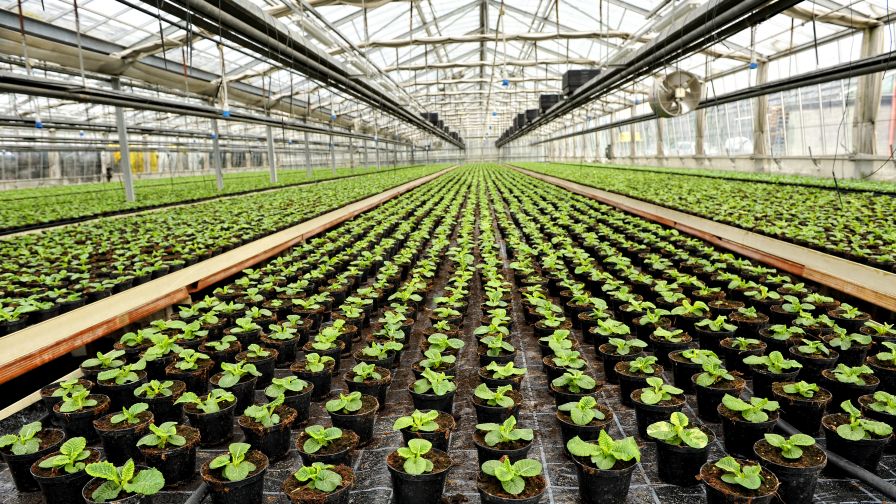Greenhouse floriculture is transforming rapidly with advances in technology and evolving market demands. From automated climate control systems to AI-driven analytics, the industry is increasingly complex, making effective project management more critical than ever. Agile project management, a flexible approach originally designed for software development, is emerging as a game-changer for managing these complexities. Here’s how agile methods and leadership strategies can bring value to greenhouse floriculture.
What is Agile Project Management?
Agile project management emphasizes flexibility, collaboration, and iterative progress. Unlike traditional, rigid project frameworks, agile allows for continuous adaptation to changing conditions, making it ideal for dynamic environments like greenhouse operations. Agile practice often involves “sprints” — short, focused work cycles that enable teams to test, adjust, and improve in real-time.
For example, implementing a new automated irrigation system can be done in smaller phases, with teams evaluating and refining after each step, rather than waiting until the entire system is complete.
Why Greenhouse Floriculture Needs Agile
Floriculture faces unique challenges: seasonality, resource optimization, and changing consumer trends. Traditional project management struggles to keep up with these variables. Agile’s iterative cycles help address these challenges by allowing growers to adapt and optimize systems as conditions change.
Agile methods also encourage teamwork and problem-solving, ensuring that greenhouse operations run smoothly even when unexpected issues arise. This flexibility can be particularly valuable for floriculture, where even minor delays can disrupt planting schedules or delivery timelines.
Integrating Agile with Leadership and Learning
Adopting agile practices requires a shift in leadership styles. Servant leadership, where managers prioritize the growth and well-being of their teams, aligns well with agile’s collaborative ethos. For example, a greenhouse manager might focus on empowering technicians to experiment with new planting techniques, fostering innovation.
The concept of Shu Ha Ri, a Japanese philosophy of learning mastery, also applies to adopting agile. In the Shu phase, teams learn and follow agile principles strictly. In the Ha phase, they adapt these principles to their unique needs, and in the Ri phase, they achieve mastery, integrating agile naturally into their workflows.
The Role of Technology and STEM
Technology plays a critical role in modern greenhouse floriculture. Automation, robotics, and AI tools are becoming standard for optimizing plant growth, reducing waste, and improving energy efficiency. Agile project managers bridge the gap between these innovations and day-to-day operations, ensuring new technologies deliver maximum value.
Incorporating STEM (Science, Technology, Engineering, Mathematics) skills into greenhouse management is also essential. For example, an agile project manager with a STEM background can analyze data from climate control systems to refine growing conditions, improving both yield and quality.
Growing Success with Agile
Adopting agile project management in greenhouse floriculture is more than just a trend; it’s a necessity. By emphasizing flexibility, fostering innovation through servant leadership, and integrating STEM-driven solutions, greenhouse operations can adapt to challenges and thrive in a competitive market.

